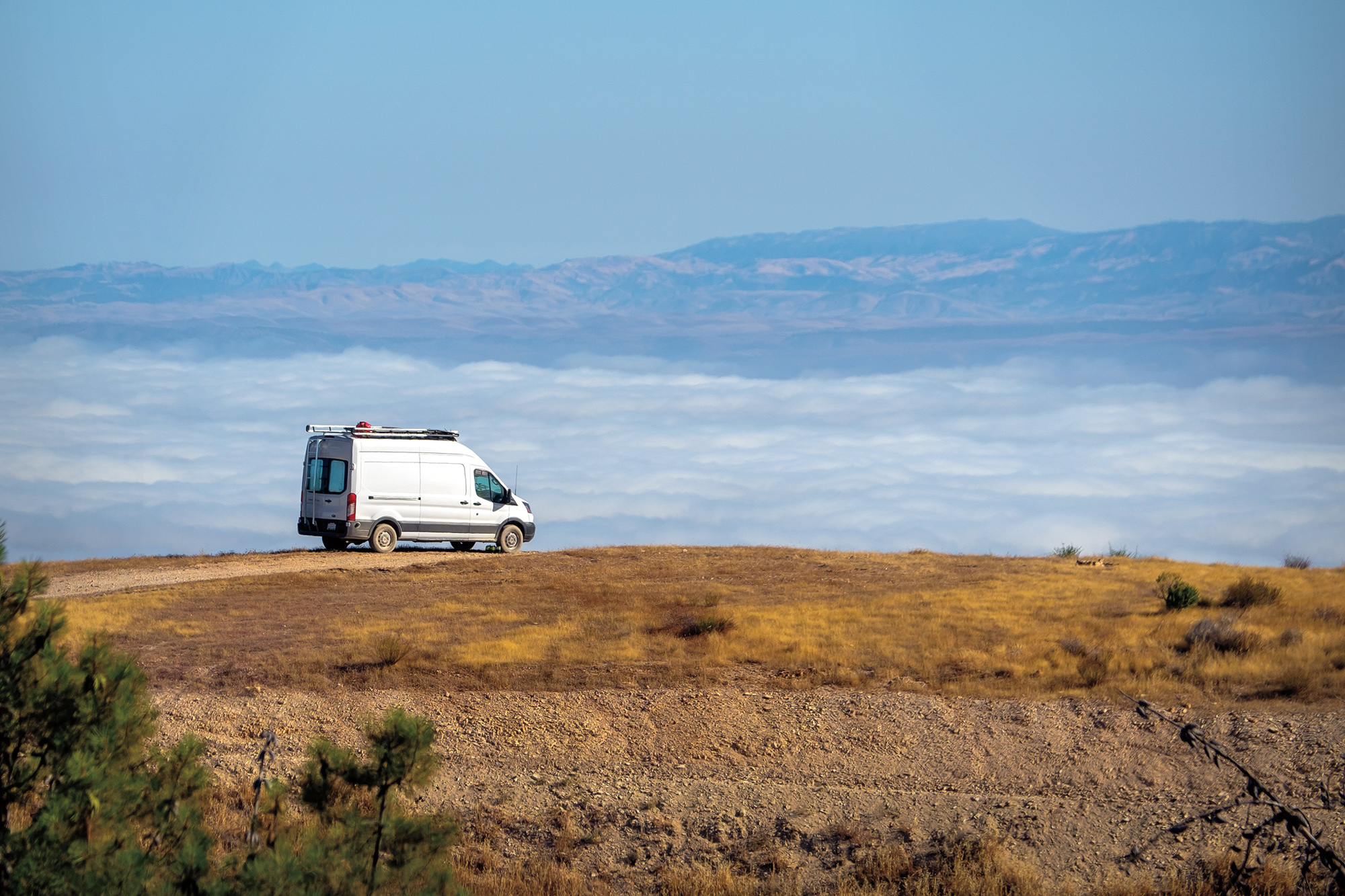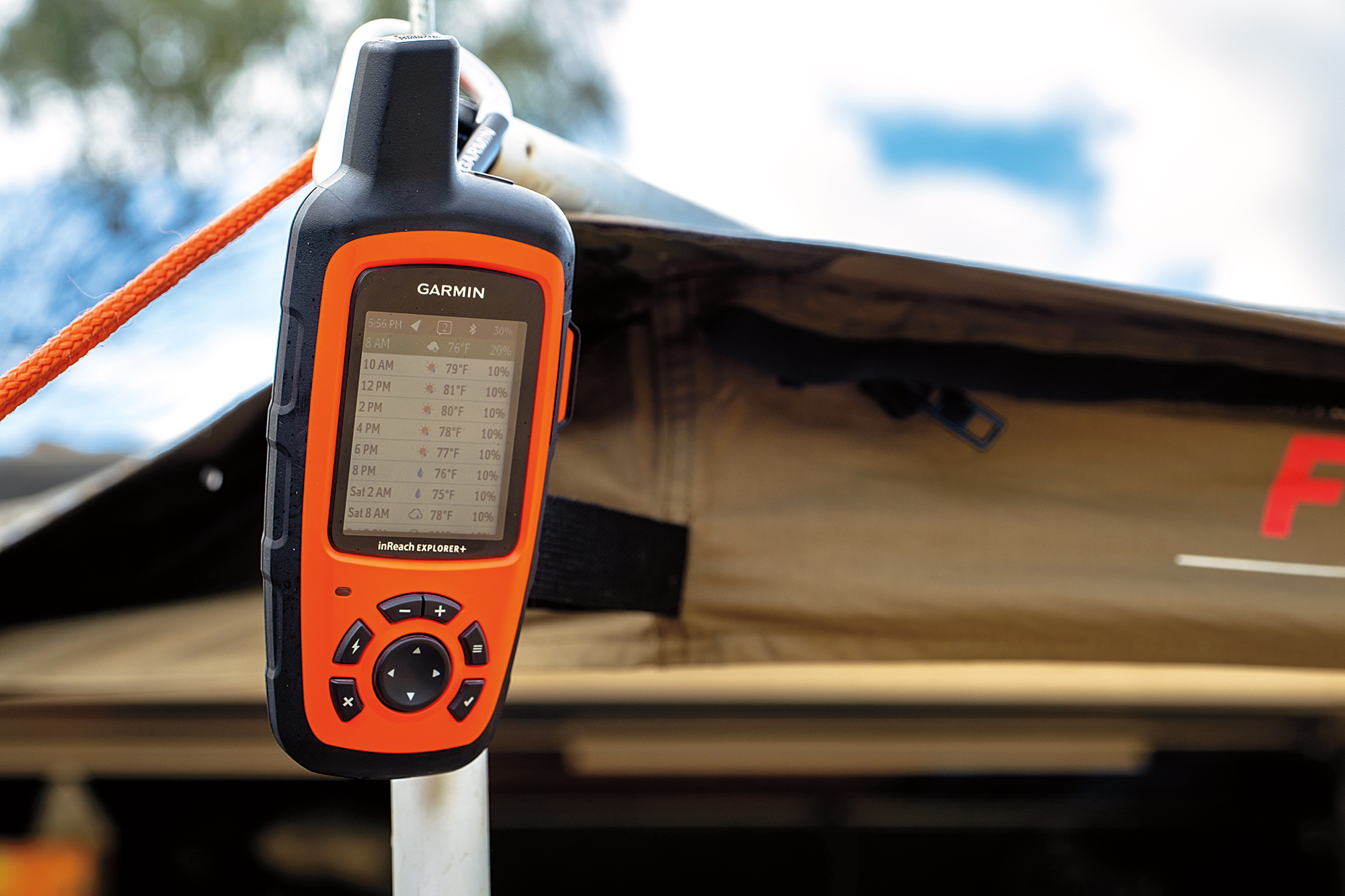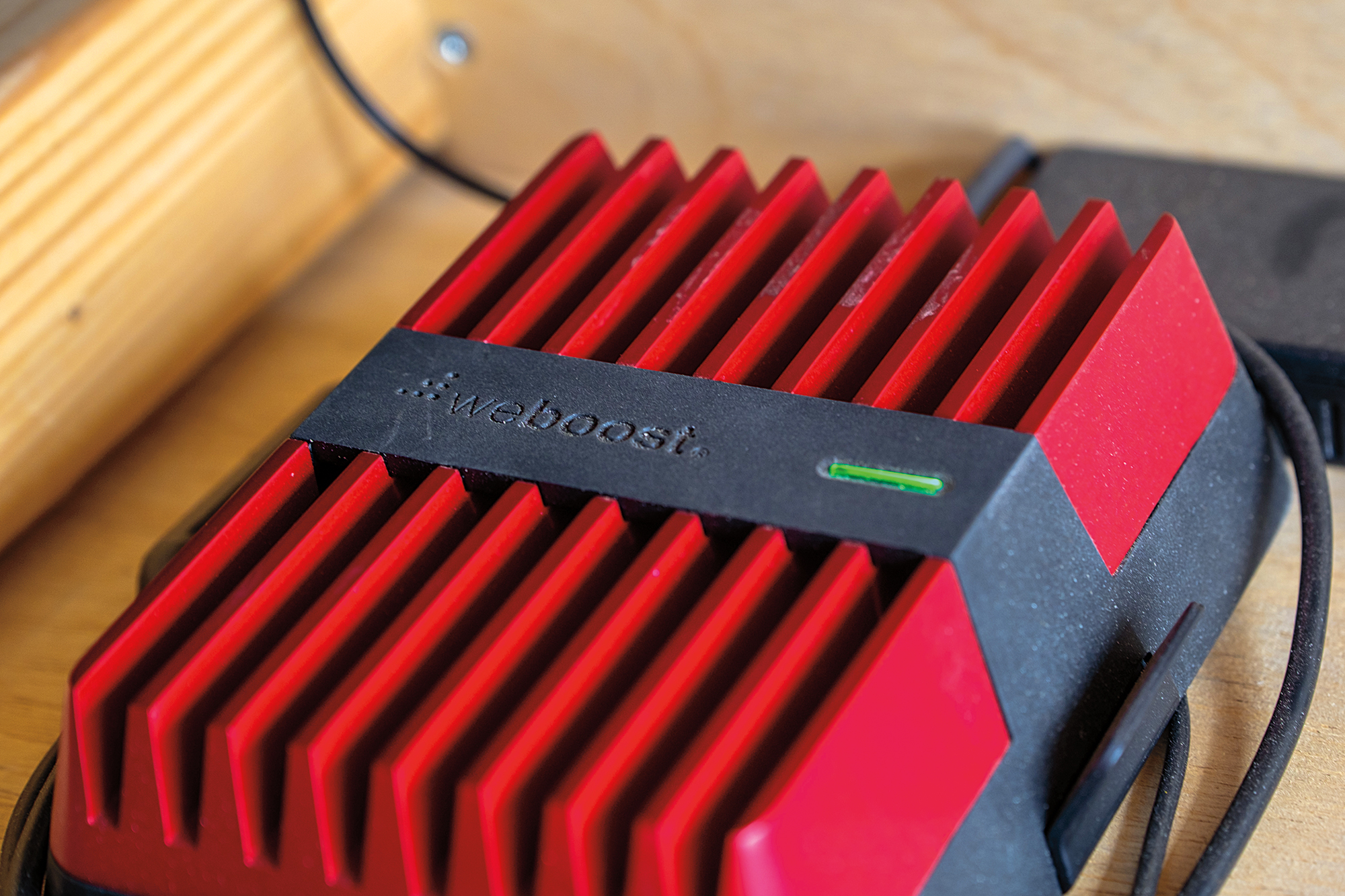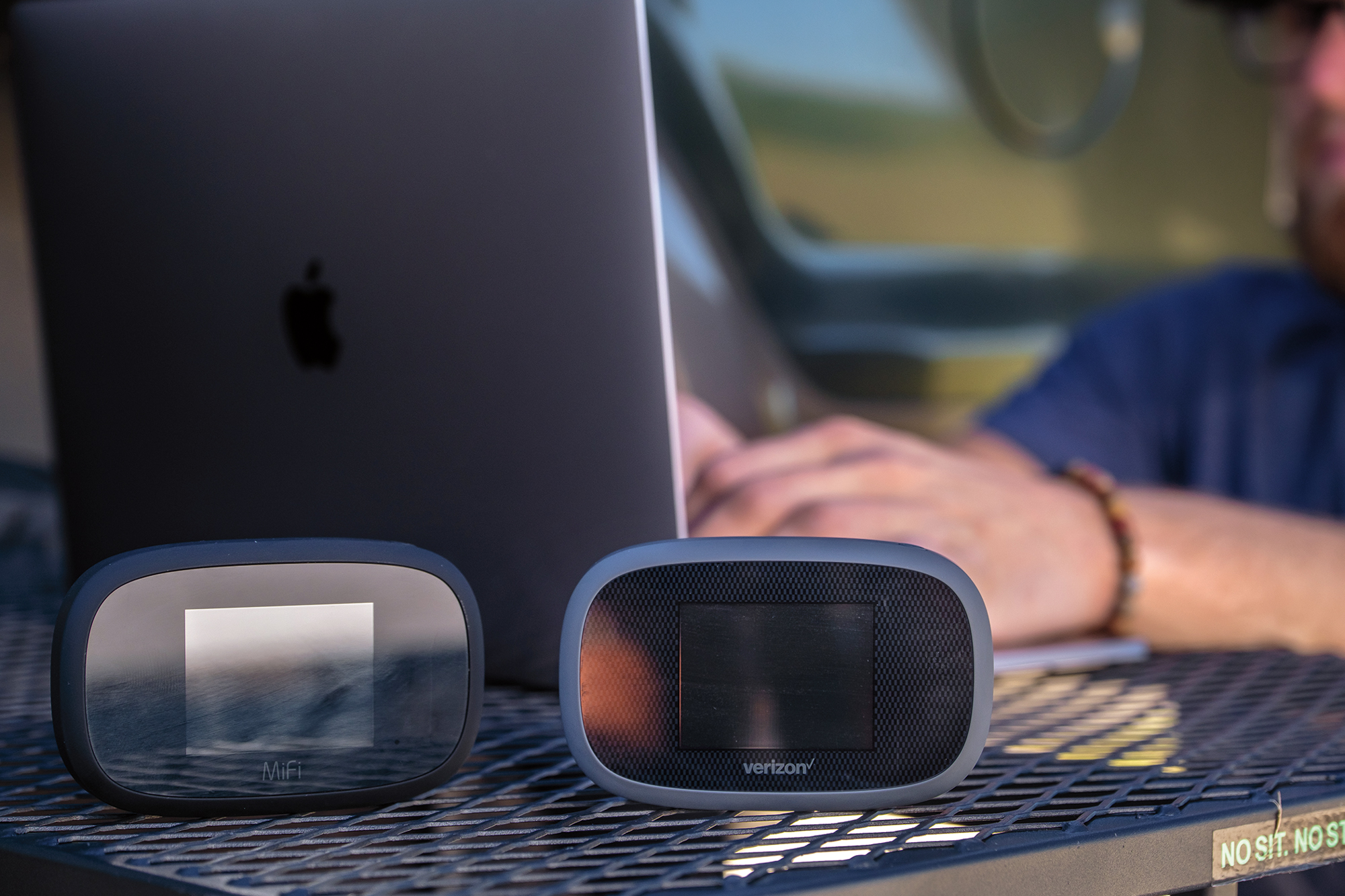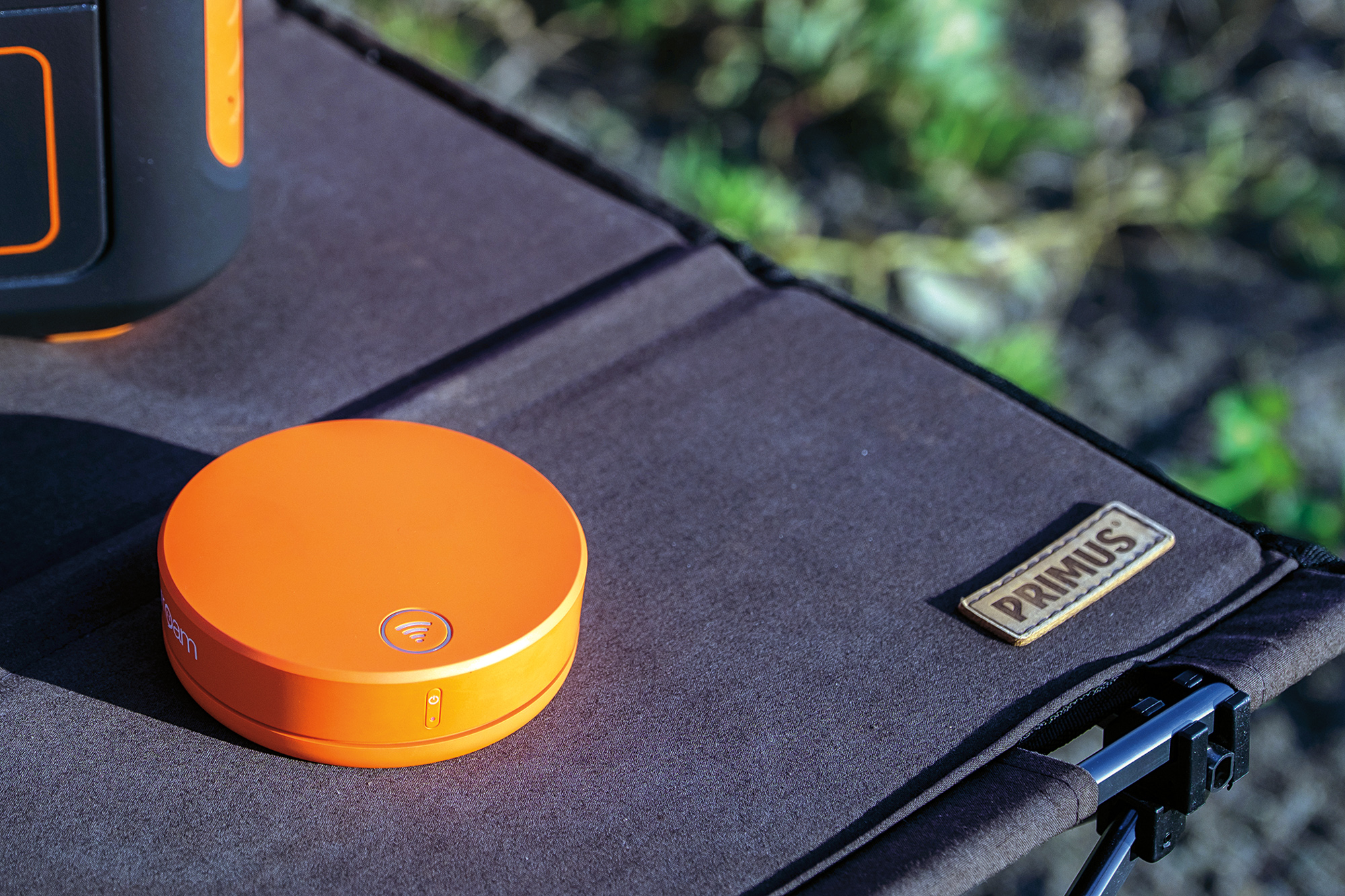We live in an age of constant connectivity. Emails, phone calls, social media, TV, and the internet inundate nearly every moment of our lives. With so much emphasis on modern technology, it’s little wonder we often look to nature for an escape—opportunities to ditch the devices and disconnect. Despite the downsides, technology has also made exploring our world easier and safer than ever before. We can follow GPS tracks down secluded and confusing trails without the worry of getting lost; send real-time location updates to family and friends; instantly call for help via satellite; and for an ever-growing percentage of the workforce, complete our jobs without ever stepping foot in an office. Ironically, the technology we are trying to escape is making it easier than ever to spend more time outdoors. With that in mind, here are what we feel are the best backcountry travel and overland communication devices.
GARMIN | INREACH
PROS
Global connectivity with no cell signal required
Can send SOS in emergency
Tracking and updates for friends and family
Built-in GPS
CONS
Monthly fees
Upfront cost
Limited basic text communication
The Garmin InReach is a satellite device that can send and receive text messages, display GPS for navigation, check the weather, track your position, and send SOS calls in the event of an emergency. It functions on the Iridium satellite network for reliable coverage anywhere in the world and was designed with outdoor enthusiasts in mind, featuring a water and shockproof body and an impressive battery life. It cannot browse the web, make calls, or help you work remotely in any way, but for an affordable monthly plan, it ensures you are never left stranded without help.
I bought my first InReach before heading to Australia last year, and it has since become the single most important tool I carry on any trip. It’s a doctor, mechanic, meteorologist, and a rescue team all rolled into one, thanks to its ability to send two-way texts to family and friends and an SOS button linked to a 24/7 global monitoring and response center (GEOS). Think of the InReach as a safety net for the unexpected—a lifeline to pull you through when you need it most.
But it’s more than just a button for your worst-case scenario. A simple text can solve the vast majority of problems we encounter in the field, and the Garmin offers you that middle ground. I have used the text function to ask friends for help diagnosing car problems, Googling health concerns, and even confirming that I locked the door to my apartment. I once coordinated with another InReach user when neither of us had a signal, and use the device’s messages to avoid texting fees on my phone while overseas. The applications are practically endless.
It’s not something I’d want to use as a primary form of communication on a regular basis. The interface can be clunky, text messages can take several minutes to send, and the messages themselves are limited to 160 characters. Garmin’s Earthmate app makes things easier by allowing you to compose messages from a paired phone instead of the device itself but is nothing to write home about. The InReach also lacks any ability to access email, the web, or make phone calls, rendering it irrelevant for working remotely.
Still, with a 30-day battery life in extended tracking mode, three-year battery life when turned off, and global satellite coverage in all weather conditions, no overlander should leave home without it. I chose the Expedition plan, which fetches $50 a month, and includes unlimited text messages, tracking points, location pings, basic weather checks, and SOS calls.
$349-449, $12-100/MONTH | GARMIN.COM
WILSON ELECTRONICS | WEBOOST DRIVE 4G-X AND DRIVE REACH
PROS
Increases data speed
Works for all carriers
No monthly fees
CONS
Magnetic antenna can fall off
Internal antenna has limited range
Fairly expensive upfront cost
The Drive 4G-X and Reach are cell phone boosters designed to extend the usable range of cell service— perfect for everything from working on the road to downloading those offline maps you forgot to grab. They are not a form of emergency communication with guaranteed service, rather a way to make phone calls and access the web when farther from civilization.
I’ve used a combination of the 4G-X and Reach devices for over a year now while living and working from the road, and have tested them coast to coast. Each device works by using an external antenna to receive a wireless signal, boosting it up to 32 times through a smaller internal antenna and control box mounted inside your vehicle. This combination will extend cellular signal range, improve call quality, give you faster data downloads, and extend your battery up to two hours in weak-signal areas by making it easier for your phone to find service. The Drive Reach, their newest and strongest booster yet, claims to extend cell coverage up to 60 percent farther from towers than their previous models. Both the 4G-X and Reach systems work for all carriers and all cellular devices with no monthly fees.
Although the advantages are negligible in cities where the service is already good, it was easy to see the gains in both speed and reception once out of town. After setting up camp in a remote location, my phone often indicates only a single bar of service, just enough to send and receive text messages with some patience and no small degree of persistence. However, turning the WeBoost on reliably delivers one to two additional bars, sometimes even three, which not only enables making calls, but loading web pages, and occasionally streaming videos.
With no service, the WeBoost sometimes gives a single bar to at least send texts, though it is far from guaranteed. These systems function by boosting existing service, and will not create cell service where there is none. Don’t expect to be surfing the web 100 miles from town in a slot canyon, and don’t rely on these boosters as your sole resource of communication in an emergency. Those sorts of tasks must be left to satellite systems.
The booster works best when your devices are within 12-24 inches of the internal antenna. Move them any farther away, and the signal boost dwindles exponentially. The external magnetic antenna is prone to falling off the vehicle while off-pavement due to vibration. Fortunately, this can be fixed by upgrading to their 4G-OTR truck edition antenna which has the additional benefit of improving reception, making it a win all around.
$449/4G-X, $499/DRIVE REACH, $0/MONTH | WEBOOST.COM
VERIZON, SPRINT, ATT | HOTSPOTS PLUS NETGEAR MIMO ANTENNA
PROS
Provides additional data
Purchasing outside your cell-phone provider diversifies coverage
Can be paired with NetGear antenna for improved service
Prevents accidental data overages on phone
CONS
Monthly fees
Data limits
Hotspots are essentially mobile WiFi stations powered off of cellular networks like ATT, Sprint, and Verizon. About the size of a deck of cards, they pull cellular data via an internal antenna much like a phone. The difference is that they then project it back out as wireless internet for your computers, tablets, and other devices. Hotspots require a monthly fee but offer travelers significant advantages over using the hotspots built into their phones—the largest of which is the ability to mix and match carriers to fill coverage gaps.
Mobile hotspots are a bit of a pain, though. Each carrier’s plans are different, promotional rates can vary widely from the actual price you’ll pay, and “unlimited plans” are rarely so thanks to gimmicks like data throttling. Despite the annoying bureaucracy encountered each time I deal with these companies, this technology is a necessary evil for digital nomads. When compared to a standard cell-phone-based hotspot, they drop fewer connections when paired to multiple devices and don’t require you to drain your phone’s battery. Given that they carry a separate plan from your phone, the chance of accidentally burning through the data you rely on for daily tasks like navigation is eliminated. Those factors alone make them worth it, but their usefulness expands to weekend warriors as well due to their ability to diversify coverage. Most of us have experienced a coverage gap firsthand. If you need to check an email, download a permit, or make a quick call, that lack of service could leave you chasing a signal across a desert. Hotspots can help because they are often based on month-to-month plans and don’t require a cell-phone plan with that provider. You can buy a Verizon hotspot to go along with your ATT phone, thus filling some of the gaps on your coverage map. When traveling, I carry three different hotspots at a time, and it’s rare to find myself in a location where at least one doesn’t have service.
Many hotspots have built-in TS9 ports in their base, allowing you to pair them with an external antenna to dramatically boost signal strength. I have been using a NetGear Mimo antenna and often find it is nearly as effective as the WeBoost devices when properly deployed—the cost is a bargain at $35. The catch is that the antenna must be placed facing roughly toward the cell tower for maximum efficiency, and that can be difficult at times. The big drawback to hotspots is generally cost. But if you’re working on the road or burn a lot of phone data, they make sense.
$100-500, $30-75/MONTH, $35 NETGEAR ANTENNA | NETGEAR.COM
SKYROAM | SOLIS
PROS
Unlimited data
No additional cost for traveling internationally
No switching SIM cards
16+ hour WiFi/6000 mAh power bank for charging devices
CONS
Doesn’t disclose which carriers it uses
Service not always great in backcountry
Unclear service “slowdown”
This 4G LTE hotspot is marketed directly at travelers. Instead of using a specific cellular provider, Skyroam uses virtual SIM technology to deliver local data internationally without changing your SIM card. This gives you connectivity in over 130 countries without a contract and for a reasonable price. It can be paired with unlimited data, and internet access can be purchased as needed.
I ordered my Solis as any customer would online, and received it just two days later along with an email containing my subscription code. There were clear instructions on the box, and as an added bonus, the device was wrapped in stepby- step stickers. The activation requires the device to be in range of cell service, but the pairing process was straightforward.
Skyroam’s design team kept things simple. It features just two buttons, one for power and one for pairing. Since you can control the device through an app, the screen was ditched to reduce complexity and simultaneously extend battery life. Integrated lights tell you the status of your connection, how much battery you have remaining, and if your Solis is having any problems.
The Solis stands out as an international travel platform, but I had three big questions for folks wanting to use it in the US and Canada: What networks does it run off of? Will Skyroam throttle your data? And if so, at what point?
Although Skyroam isn’t allowed to disclose which providers they partner with in the event that they change, we used speedtest.net to learn that the Skyroam system is using the T-Mobile network in the United States and Rogers in Canada. Both networks have proven reliable in testing, with no dropped connections, odd glitches, or device errors of any kind. Download speeds ranged between 7 and 40 mbps depending on location, consistent with other hotspots I’ve used. I have not yet had the chance to test the Solis out West.
Skyroam’s data is unlimited, but they do have a fair use policy, indicating their network is a “limited resource.” Customers who take a disproportionately high amount of data may experience reduced network speeds based on location and service. In other words, they will slow your data down, though less so than the throttling of other carriers. The trouble is that there’s no way to know how much data will cause you to hit this limit, or how much you’ve used up. Thankfully, that slowdown limit resets every 24 hours, and you can get around it entirely by paying their $9/GB plan.
$149, $99 UNLIMITED DATA/MONTH OR $9 PER DAY/UNLIMITED DATA PASS OR $9/GB | SKYROAM.COM
EDITOR’S NOTE
Updated versions called the Solis Lite and Solis X are now available and have even better performance.
IRIDIUM | GO
PROS
Works anywhere on the planet, including both poles
Pairs with most smartphones
Provides voice, text, data, and SOS globally
CONS
Requires a (mostly) clear view of the sky
Extremely slow data speeds
Expensive unit and monthly data plans
This device is made for the overlander that spends extended periods outside of cellular coverage, where the ability to send and receive emails, access limited browser capability, and make phone calls is critical. The Go is a full global satellite solution for voice, text, data, and SOS service.
There are many scenarios during overland travel where cell coverage simply does not exist (despite the gain of the antenna), or communications require more than 160 character messages. During my crossing of Greenland in 2018, we required that type of service: sending and receiving emails, making phone calls, or uploading images to the office back home. To achieve this goal, we brought along an Iridium Go, and each vehicle also had an InReach for backup SOS and car-to-car communication. The performance of the Go unit was impressive, aided by the unobscured sky and high elevation. Arctic Trucks also installed a high-gain antenna to aid with improving the signal to noise ratio.
The Iridium Go is notably small, just larger than the palm of my hand. There is a small LCD display that shows the signal strength, how many devices are connected, and general information like new messages, positional time, etcetera. The speed under most conditions was recorded around 2-2.4 kbps, which is a very slow “dial-up.” As a result, all connected devices run through an app portal that allows for very low bandwidth activities like social media updates, basic email, and the transfer of small images. What I appreciated most was the ability to also make voice calls, which can greatly expedite solving problems in the field and ensure a higher likelihood that the message is understood. For example, we had a fuel cache dropped at an incorrect location, and resolution could only come properly via a call. Overall, I found the voice quality to be quite good, with calls rarely dropped.
There are a few issues with the device, principally the expense of operating it, making calls, and sending SMS messages. There are prepaid SIM cards, but they expire after only six months or a year, which I have a strong ethical objection to. Just imagine someone having a SIM card full of minutes and not being able to make a distress call because they expired the week before. There are monthly programs available, but the only ones worth using in the field can be well over $100 per month. However, there are few tools on the market that provide this level of connectivity in this price range. (SB)
$859, $53/MONTH BASIC SERVICE, $135/UNLIMITED DATA | IRIDIUM.COM


